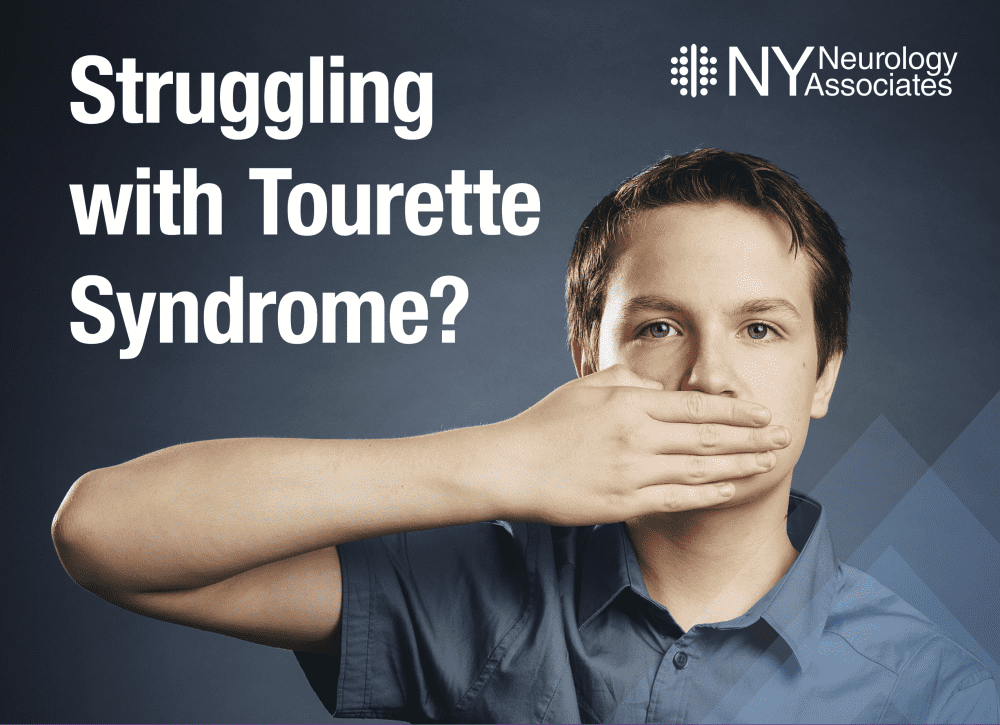
A Third of Eligible Migraine Patients Were Not Offered preventive therapy
Find out why a third of eligible migraine patients were not offered preventive therapy and
According to a study conducted by the University of Iowa that was published in Proceedings of the National Academy of Sciences, researchers have discovered a pathway in the physiology of epilepsy. After pinpointing one of the cellular mechanisms that enables epilepsy to develop in prickle-mutant flies, scientists have discovered that an epilepsy gene creates seizures through changing vesicle transport.
Neurons are composed of nerve fibers that connect from the cell body to other neurons, muscles, and glands. There is information passed along the nerve fiber that allows a neuron to function. Prickle mutant flies that have epilepsy exhibit behavioral problems such as an uncoordinated gait as well as issues in the electrical properties of their cells. Researchers have determined that changing two forms of the prickle gene compromises the flow of information along the neuron and initiates epilepsy.
To combat epilepsy in the flies, the team found that decreasing one of two motor proteins that promote movement of vesicles in a cell along tracks of proteins in the axons can actually suppress seizures. This was so effective that when reducing either of the proteins known as kinesins, the seizures were fully suppressed within the flies, curing them of the illness.
Previously known to be linked to neurodegenerative disorders such as Alzheimer’s and Parkinson’s Disease, this same pathway is now linked to epilepsy. Researchers involved in the study note that two Alzheimer’s related proteins known as the amyloid precursor and presenilin are both components of the same vesicles associated with the epilepsy treatment. They also found that mutations in genes involved with these proteins influence the vesicles in similar ways to those in prickle mutants.
One of the main researchers of the study, John Manak, notes that the team is “particularly excited because we may have stumbled upon one of the key genetic links between epilepsy and Alzheimer’s, since both disorders are converging on the same pathway.” If there is a connection between the two diseases, then drugs used to treat Alzheimer’s might be effective for epilepsy sufferers and vice versa. Although more research must be conducted to prove the link, science has once again proven that we are coming closer every day to cures for neurological diseases that were once thought to be incurable.
Gary Starkman

A Third of Eligible Migraine Patients Were Not Offered preventive therapy
Find out why a third of eligible migraine patients were not offered preventive therapy and

New NYNA Tourette Syndrome Study
Learn how NY Neurology Associates is advancing Tourette syndrome care with innovative treatments and a

Seizures: Understanding and Overview
Discover what causes seizures, how to recognize key symptoms, and the steps that help keep
